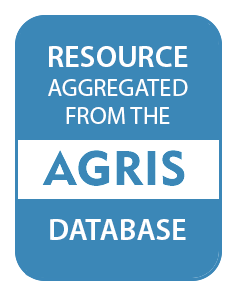Object-oriented classification of land use/cover using digital aerial orthophotography
In automatic/semiautomatic mapping of land use/cover using very high resolution remote-sensing imagery, the major challenge is that a single class of land use contains ground targets with varied spectral values, textures, geometries and spatial features. Here we present an object-oriented strategy for automatic/semiautomatic classifications of land use/cover using very high resolution remote-sensing data. The strategy consists of character detecting, object positioning and coarse classification, then refining the classification result step by step.

